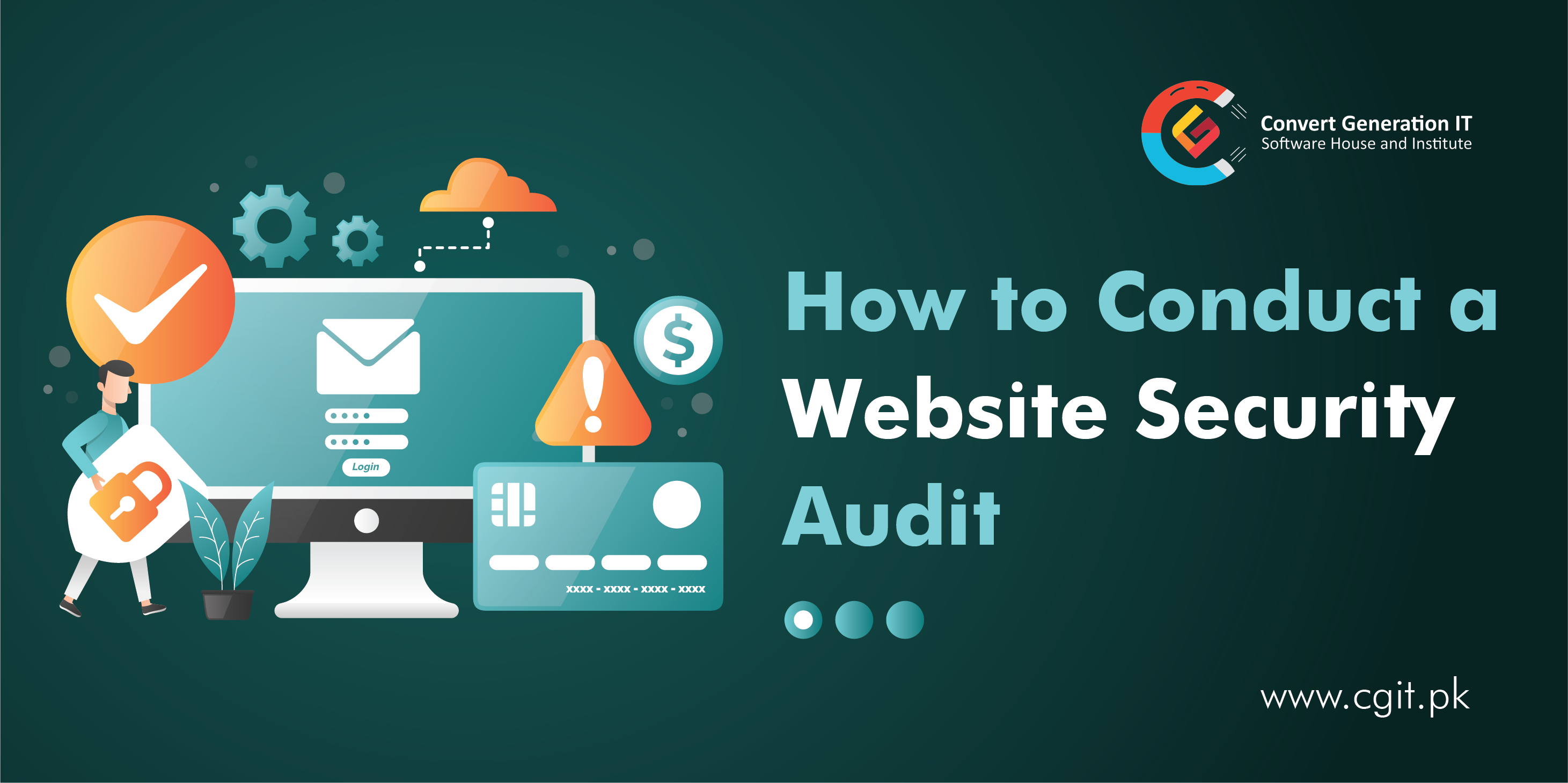
How to Conduct a Website Security Audit: Step by Step Guide
Website Security Audit: Introduction
In the digital domain, website security is vital now. Cyber attacks are continuously advancing in complexity, which requires webmasters to do periodic security audits. A detailed manual is provided which will help you to understand and execute a website security audit in such a way that you will get all that is needed to protect you online.
Understanding Website Security Audits
Website security is a key issue you should be careful about if you want to prevent data leaking and exploitation. A website security audit is a comprehensive evaluation of your site’s current security practices, which involves identifying and reducing any risks and strengthening the security of your site.
Why should you conduct a website security audit?
For one thing, it is an essential responsibility for website owners and managers to make sure that their users’ information is secure.
The main goal of a website security audit would be to identify potential security gaps which hackers can use to attack and damage the website. By anticipating security issues, you can reactively assess your website’s security and avert data breaches.
The Importance of Regular Audits
The audits must be conducted frequently, considering how cyber threats can be altered any time. Sustained security audits would let you stay in front of possible dangers and to have your website being secure.
Preparing for the Audit
It is critical to acquire the relevant tools and resources before website security audit is conducted.Here’s what you’ll need:
Tools for the Audit
Security Scanner: Sweep your website with a high credibility security scanner to detect flaws.
Penetration Testing Tools: Do penetration checks to find probably faults in your site security.
Log Analysis Tools: Check server logs to notice any questionable behavior.
Backup Solution: To prevent your website from being compromised, always make sure you have a secure backup plan in place that you can use when you need to restore your website.
Creating a Checklist
Construct a checklist that will let you know which key areas to scrutinize during the audit. The checklist will play the role of the map, which you will use to successfully audit the system in a clear and organized way.
Conducting the Audit
Now that you’ll have to do the website security audit, it’s time to start.Follow these steps:
1. Assessing User Authentication
Consider if user authentication is strong enough through password policies and multi-factor authentication.
2. Reviewing File Permissions
Scan file permissions to grant access to authorized users only to prevent unauthorized access to sensitive files and directories.
3. Testing for SQL Injection Vulnerabilities
Run SQL injection as part of your vulnerabilities assessment process to uncover and fix any weaknesses in your website’s database.
4. Examining SSL/TLS Configuration
Check the SSL/TLS settings and implementation to be sure they are up-to-date, and encrypt data transmitted from the user’s browser to your server.
5. Scanning for Malware
Perform malware scanning to identify any malicious code or malware infections for your website.
6. Analyzing Server Logs
Analyze the log files from the server to check for any unusual activity, putatively, unauthorized access attempts or queer requests.
7. Testing for Cross-Site Scripting (XSS)
Develop the XSS testing to reveal and rectify the vulnerabilities that allow the attackers to insert the malicious scripts into your web pages.
8. Assessing Third-Party Integrations
Review third-party integrations and plugins for known security flaws and implement them regularly.
Securing Your Website: Best Practices
After completing the audit, implement the following best practices to enhance your website’s security:After completing the audit, implement the following best practices to enhance your website’s security:
Regular Updates and Patching
Make sure that you are using the latest version of your software, plugins and themes, to eliminate the known vulnerabilities which may weaken your security.
Strong Password Policies
Implement a robust password policy for user accounts, such as the use of strong passwords, and frequent password changes for those accounts.
Backup Your Data Regularly
Make an habit of saving your website data in regular intervals and keep it safe in order to restore it in a short period of time in case you will be exposed to security issues.
Implement Web Application Firewalls (WAF)
Install a website application firewall to block and allow traffic into your website from network threats.
Conclusion
A website safety check is considered a preventive measure to protect your online resources from the cyber attackers. By following this step-by-step instruction and adopting best practices you can increase the security system of your website and prevent many possible threats. Take advantage of our website audit services at CGit, the best Software House. Explore attendezz and Quick Web Toolkit to enhance your online experience.
FAQs (Frequently Asked Questions)
How often should I conduct a website security audit?
Periodic audits are to take place at least once every half a year to ensure that the protection of the system is not compromised by the ever-changing threats.
What should I do if I discover vulnerabilities during the audit?
Identify all the vulnerabilities during the audit then make the necessary moves such as applying patches or putting up security measures.
Can I conduct a website security audit myself, or should I hire a professional?
While some webmasters may be capable enough to conduct an audit on their own, a cybersecurity professional can give add an advantage of trust and professionalism to the process.
Are there any free tools available for conducting website security audits?
Yes, there are several free and open-source security tools available for conducting website security audits, including OWASP ZAP and Nikto.
How can I prevent future security breaches after completing the audit?
Be sure to continuously monitor your website’s security stance, stay up to date with the most recent threats, and take a proactive approach to security to prevent such attacks from happening again in the future.
What role does employee training play in website security?
Web site security can be safeguarded via ongoing staff training. Train your staff in the modern standards, for example, warning them of phishing messages and telling them how to keep the secret information.



